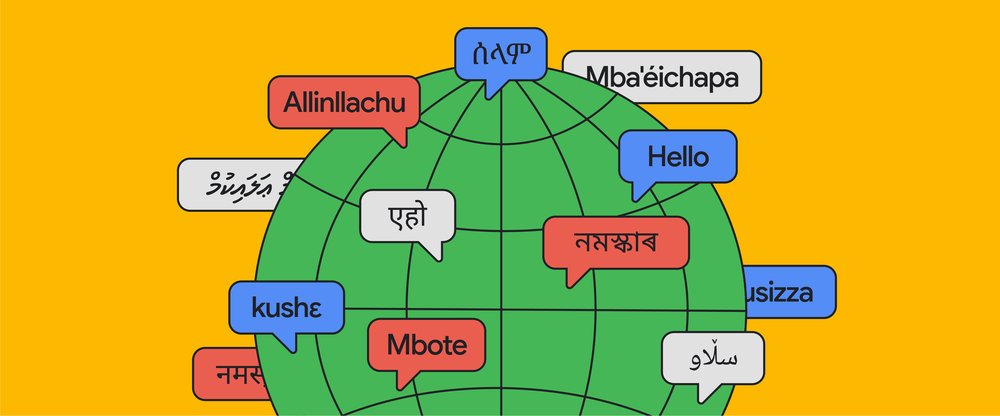Share

At its I/O developer conference on Thursday, Google announced that it is adding support for 24 new languages to its Google Translate tool. Among the newly added languages are Sanskrit, Assamese, Mizo and Meiteilon (Manipuri).
According to Google CEO Sundar Pichai, the 24 newly added languages are spoken by more than 300 million people across the globe. Languages like Assamese, Mizo and Meiteilon are spoken by more than 27.8 million people in North East India. The total number of languages supported by Translate has now risen to an impressive 133 languages.
Pichai credited the breakthrough to a new translation method called Zero-Shot Machine Translation. Through this new method, Google's translation algorithm learns how to translate a piece of text without ever seeing a translation example. This is quite an amazing feat, however, the level of translation accuracy might be lower than other languages.
In a blog post, Google admitted that the method isn't perfect enough yet but the company confirmed that it will keep improving the model for better results in the future. Google wrote, "These are the first languages we’ve added using Zero-Shot Machine Translation, where a machine learning model only sees monolingual text — meaning, it learns to translate into another language without ever seeing an example. While this technology is impressive, it isn't perfect. And we’ll keep improving these models to deliver the same experience you’re used to with a Spanish or German translation, for example."